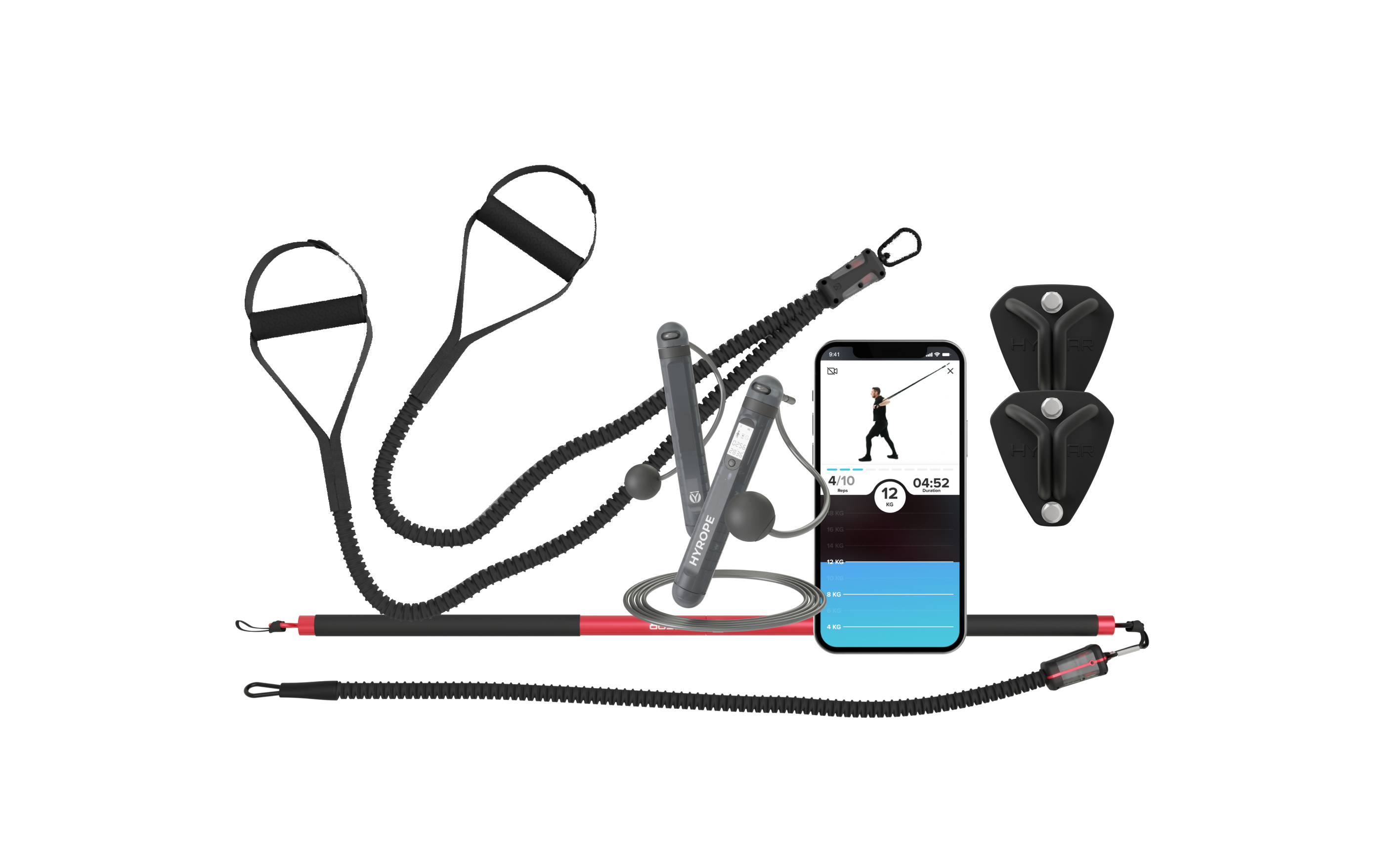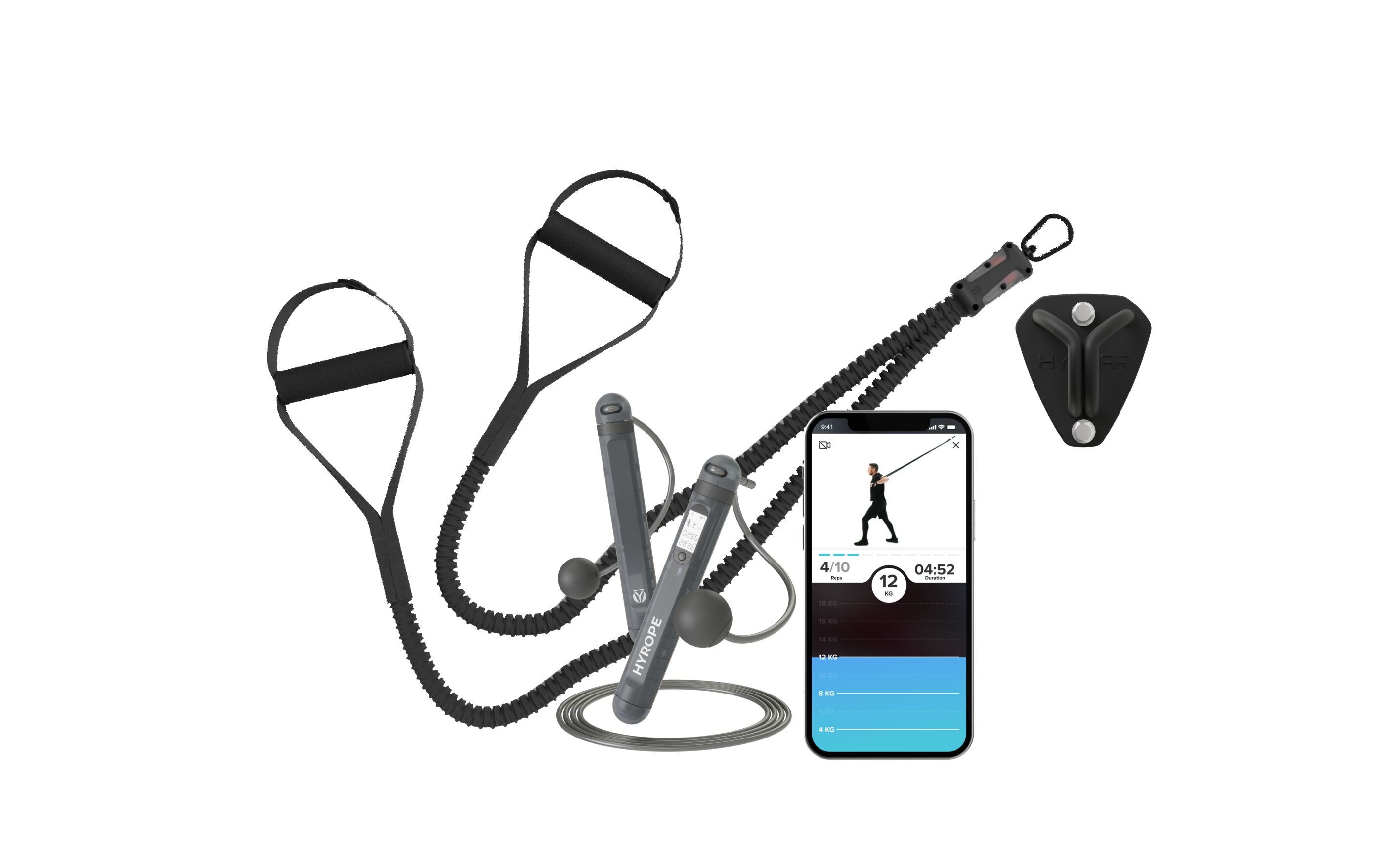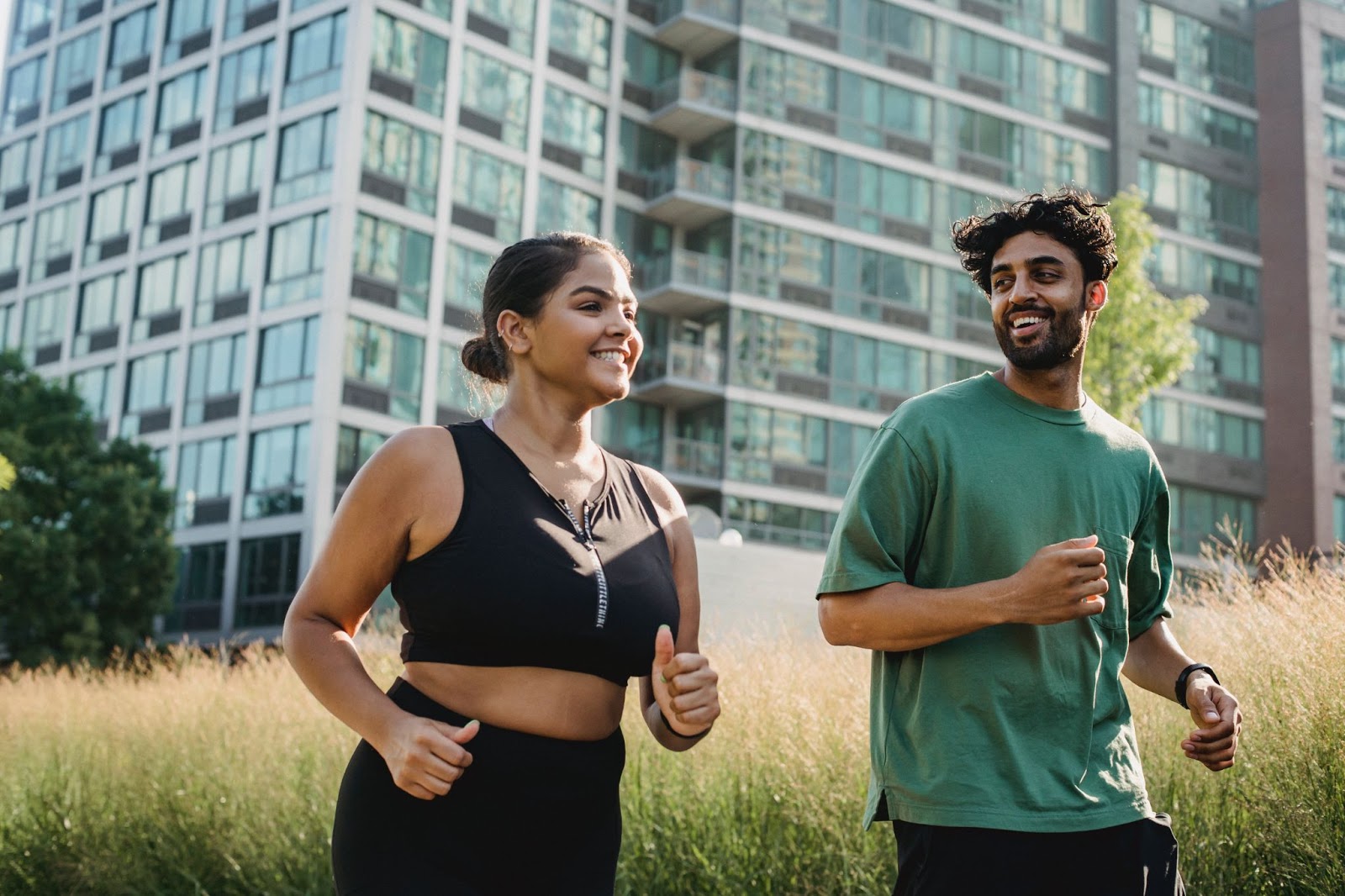Did you know that a healthy workout regime consists of four main types of exercise? Yup, it’s true -- these include strength, endurance, balance, and flexibility training. While all four of these types of exercise are super important for optimal health, flexibility training is often pushed to the side, but this is a grave mistake.
In this post, we’re talking all about flexibility and the types of training that can help to improve your mobility. Many people are under the impression that flexibility training is an optional part of any fitness routine, but we’re here to tell you otherwise.
Understanding Flexibility
Simply put, flexibility training is stretching -- opening and lengthening muscles and connective tissues to improve flexibility. You probably already know what it means when someone says they’re flexible; they can reach down and touch their toes or bend their body in such a way that they can pull their foot over their head. But the definition of flexibility is a little more complicated than simply being able to do a single stretch.
You see, true flexibility is the ability to move through a range of motion without pain or discomfort.
That means that each group of muscles and every joint in your body might have a different range of motion or a different level of flexibility. What’s range of motion, you ask? Range of motion is simply the measurement of movement -- both in terms of distance and direction -- around a particular joint or body part. Along with other factors, your muscle’s ability to contract or relax greatly affects your range of motion. If you’re on the inflexible side of things, then your range of motion could be a lot less than it should be.
Some areas of your body may feel rather loose, and you may be able to lengthen and move those muscles freely. And some areas of your body may be very tight, meaning that the muscles feel short and restricted.
What Are The Benefits Of Flexibility?
Improved flexibility produces a ton of incredible physical benefits and can have a positive effect on your overall well-being. What are some of those benefits, you ask? We’ll tell you:
Benefit #1: Prevents Injuries
One of the best things about flexibility is the fact that by becoming more flexible, you’re actually reducing your risk of getting injured during physical activities.
One of the benefits of having good flexibility throughout your entire body is that it allows your joints to move smoothly in the correct sequence during functional movements. This -- coupled with proper muscle control and activation -- can do wonders to reduce the risk of succumbing to a pesky injury by decreasing excessive stress on any given joint.
Plus, developing flexibility and strength in your body will also eventually lead to you being able to withstand much more physical stress than you could before, which is exactly what you need if you're looking to build muscle mass!
Benefit #2: Less Pain
Your body is likely to feel better overall once you work on opening and lengthening your muscles through flexibility training. When your muscles are looser, you’ll notice fewer aches and pains. Plus, there’s a good chance you might be less likely to experience muscle cramps, which can sure put a damper on your workout.
Benefit #3: Increases Mobility
While it’s true that everyone has varying degrees of flexibility, generally speaking, the more flexible your muscles are, the greater your mobility. Basically, what we’re trying to say here is you can’t be mobile without your muscles being flexible! Why? Because flexible muscles make moving around much more comfortable. Plus, when you’re flexible, you’re able to load the right muscles and joints to perform exercises.
You see, flexibility essentially acts as a prerequisite for mobility. If you’re unable to achieve a specific range of motion in a passive manner with adequate flexibility, then in general, you won’t be mobile within that range of motion either. In turn, mobility makes everything from hiking, biking, and HIIT class to reaching the top cabinet and bending down to tie your shoe easier.
Types Of Flexibility Training
There are considered to be three main types of flexibility training. These are static stretching, dynamic stretching, and ballistic stretching. There has been quite a bit of research over the years to evaluate the effectiveness of each type of training, and it shows that although each method has the ability to greatly improve one’s flexibility, there are slight differences between the three.
Static Stretching
When most people think about stretching, they think of static stretching. (Think: touching your toes and holding the position). This usually consists of holding the muscles in their maximal lengthened position (at the point of discomfort) for roughly 30 to 60 seconds. This is then repeated a number of times with short rest between each stretch.
This type of stretching typically should only be done after your muscles are warm and toasty -- so do it after a good workout!
Dynamic Stretching
This popular form of stretching can help to improve speed, acceleration, and agility. It involves the active tightening of the muscles and moving the joints through their full range of motion throughout the stretch. These functional movements help increase muscle temperature and decrease muscle stiffness. Examples would be banded squats, leg swings, or hip circles.
Unlike static stretches, which should only be performed at the end of a workout, dynamic stretches should be used as part of your warm-up.
Ballistic Stretching
Of the three types of flexibility training, ballistic stretching is the most controversial. Unlike dynamic stretching, this type of stretching utilizes muscle activation through quick, jerky movements. This inhibits the body’s stretch reflex and increases the muscle’s range of motion through force created by bouncing.
The issue? The extra external force from the bouncing can quickly overload the muscle, increasing the risk for potential injury. And seeing as the risk of injury doesn’t exactly outweigh the benefits of the stretch, most experts don’t recommend using this style of flexibility training.
A Final Word
Those who include flexibility training as part of a well-balanced fitness regime enjoy many benefits, such as improved range of motion, reduced risk of injury, and pain-free exercise.
Certain stretches and mobility exercises are best done with assistance from someone -- hence why you see pro athletes getting stretched by their trainers all the time! If you don’t have a buddy to help you stretch, it’s important to have the right equipment to help improve your flexibility. GEAR 1 by HYGEAR is a total workout system that delivers a versatile, ultra-portable fitness solution, putting you in charge when it comes to how and when you want to train.Whether your goal is to improve mobility, shed stubborn belly fat, or increase muscle mass, GEAR 1 can get you there.
Sources:
Stretching: Focus on flexibility | Mayo Clinic








Leave a comment
This site is protected by hCaptcha and the hCaptcha Privacy Policy and Terms of Service apply.